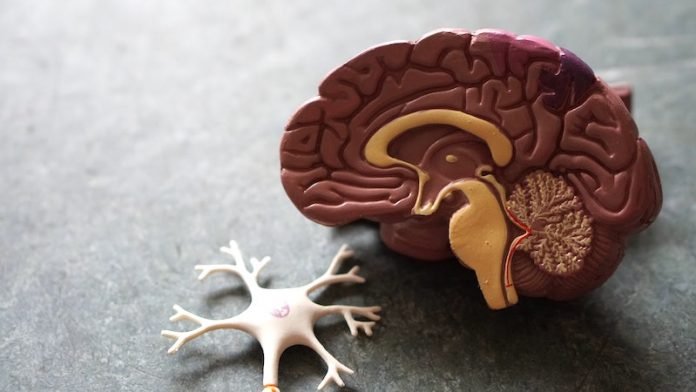
More and more evidence is coming out that people with COVID-19 are suffering from cognitive effects, such as brain fog and fatigue.
And researchers are discovering why. The SARS-CoV-2 virus, like many viruses before it, is bad news for the brain.
In a new study, researchers found that the spike protein, often depicted as the red arms of the virus, can cross the blood-brain barrier.
This strongly suggests that SARS-CoV-2, the cause of COVID-19, can enter the brain.
The research was conducted by a team at the University of Washington.
The spike protein, often called the S1 protein, dictates which cell the virus can enter. Usually, the virus does the same thing as its binding protein.
Binding proteins like S1 usually cause damage as they detach from the virus and cause inflammation.
The S1 protein likely causes the brain to release cytokines and inflammatory products, according to the team.
In science circles, the intense inflammation caused by the COVID-19 infection is called a cytokine storm.
The immune system, upon seeing the virus and its proteins, overreacts in its attempt to kill the invading virus. The infected person is left with brain fog, fatigue and other cognitive issues.
The team saw this reaction with the HIV virus and wanted to see if the same was happening with SARS CoV-2.
They found the S1 protein in the COVID-19 virus and the gp 120 protein in the HIV-1 virus function similarly.
Both these proteins function as the arms and hand for their viruses by grabbing onto other receptors. Both cross the blood-brain barrier and S1, like gp120, is likely toxic to brain tissues.
The findings could explain many of the complications from COVID-19.
They say that when people have the COVID infection they have trouble breathing and that’s because there’s an infection in the lung, but an additional explanation is that the virus enters the respiratory centers of the brain and causes problems there as well.
The team also found transport of S1 was faster in the olfactory bulb and kidneys of males than females. This observation might relate to the increased susceptibility of men to more severe COVID-19 outcomes.
One author of the study is William A. Banks, a professor of medicine.
The study is published in Nature Neuroscience.
Copyright © 2020 Knowridge Science Report. All rights reserved.



